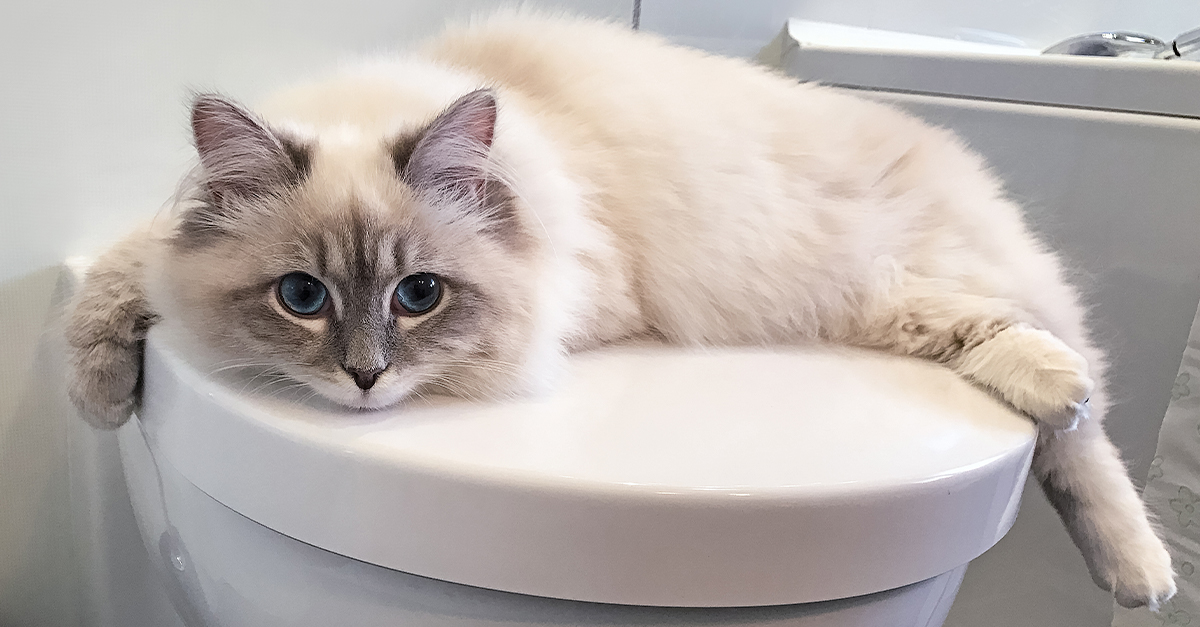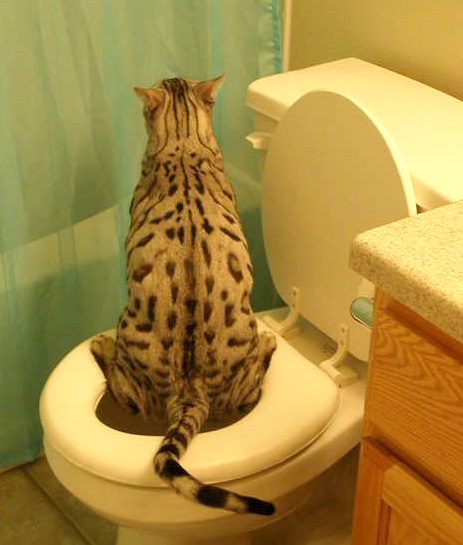Top Motives to Refrain from Flushing Animal Waste Down the Toilet
Top Motives to Refrain from Flushing Animal Waste Down the Toilet
Blog Article
The publisher is making several great annotation regarding 4 Reasons Why Dog Poop Cleanup is Important as a whole in this article beneath.

When it concerns taking care of waste, especially animal waste, many people commonly turn to the hassle-free alternative of flushing it down the bathroom. However, this apparently very easy remedy can have serious effects for the environment and public health. In this article, we'll explore why flushing animal waste down the bathroom is a poor concept and offer different techniques for correct disposal.
Intro
Proper waste disposal is crucial for maintaining environmental sustainability and public health. While it may appear safe to flush animal waste down the bathroom, it can bring about different problems, both for the setting and human well-being.
Risks of flushing pet waste
Environmental influence
Flushing animal waste presents harmful microorganisms and virus right into rivers, which can negatively influence water environments. These virus can infect water sources and damage marine life, interfering with fragile ecosystems.
Public health concerns
Animal waste contains unsafe germs such as E. coli and Salmonella, which can pose serious health threats to humans. Purging animal waste down the bathroom can infect water products, resulting in the spread of illness and infections.
Alternatives to flushing
Instead of flushing pet waste down the commode, there are several alternate disposal approaches that are more environmentally friendly and sanitary.
Composting
Composting animal waste is an environment-friendly means to throw away it. By composting, organic matter is broken down into nutrient-rich soil, which can be used to fertilize gardens and plants.
Landfill disposal
Throwing away animal waste in a landfill is one more option. While not as environmentally friendly as composting, it is a safer alternative to flushing, as it prevents the contamination of water resources.
Animal waste disposal systems
There are specific animal garbage disposal systems readily available that securely and hygienically dispose of animal waste. These systems often use enzymes to break down waste and eliminate smells.
Steps to correct animal garbage disposal
To ensure correct disposal of animal waste, adhere to these actions:
Scooping and bagging waste
On a regular basis scoop and bag animal waste making use of eco-friendly bags. This stops waste from infecting the setting.
Utilizing assigned waste containers
Dispose of bagged pet waste in designated waste bins, such as garden compost containers or garbage dump containers. Avoid flushing it down the toilet in all expenses.
Cleaning up litter boxes and pet locations regularly
On a regular basis clean can and animal locations to avoid the buildup of waste and germs. Use pet-safe cleansing items to preserve health.
Benefits of proper disposal techniques
Taking on correct disposal techniques for pet waste offers numerous advantages:
Lowered environmental pollution
Appropriate disposal approaches reduce the risk of environmental pollution, safeguarding rivers and environments from contamination
Decreased threat of water contamination.
By avoiding flushing animal website waste down the bathroom, the risk of water contamination is dramatically minimized, safeguarding public health.
Boosted cleanliness and hygiene
Correct disposal methods advertise much better sanitation and health, producing a much safer setting for both human beings and animals.
Final thought
Finally, flushing animal waste down the toilet is harmful to the setting and public health. By adopting different disposal techniques and adhering to proper waste monitoring methods, we can minimize the adverse effect of pet waste and add to a cleaner, healthier earth.
Why You Should Never Flush Cat Poop Down the Toilet
A rose by any other name might smell as sweet, but not all poop is created equal. Toilets, and our sewage systems, are designed for human excrement, not animal waste. It might seem like it couldn’t hurt to toss cat feces into the loo, but it’s not a good idea to flush cat poop in the toilet.
First and foremost, assuming your cat uses a litter box, any waste is going to have litter on it. And even the smallest amount of litter can wreak havoc on plumbing.
Over time, small amounts build up, filling up your septic system. Most litter sold today is clumping; it is made from a type of clay that hardens when it gets wet. Ever tried to scrape old clumps from the bottom of a litter box? You know just how cement-hard it can get!
Now imagine just a small clump of that stuck in your pipes. A simple de-clogger like Drano isn’t going to cut it. And that means it’s going to cost you big time to fix it.
For an amusing, graphic tale of what happens when you flush too much litter down the toilet all at once, take a few minutes to read Gene Weingarten’s 2017 Washington Post column “So that’s what happens when you flush cat litter down the toilet.”
Parasitic Contamination
Believe it or not, your healthy kitty may be harboring a nasty parasite. Only cats excrete Toxoplasma in their feces. Yet it rarely causes serious health issues in the cats that are infected. Most people will be fine too if infected. Only pregnant women and people with compromised immune systems are at risk. (If you’ve ever heard how women who are expecting are excused from litter cleaning duty, Toxoplasma is why.)
But other animals may have a problem if infected with the parasite. And human water treatment systems aren’t designed to handle it. As a result, the systems don’t remove the parasite before discharging wastewater into local waterways. Fish, shellfish, and other marine life — otters in particular — are susceptible to toxoplasma. If exposed, most will end up with brain damage and many will die.
Depending on the species of fish, they may end up on someone’s fish hook and, ultimately on someone’s dinner plate. If that someone has a chronic illness, they’re at risk.
Skip the Toilet Training
We know there are folks out there who like to toilet train their cats. And we give them props, it takes a lot of work. But thanks to the toxoplasma, it’s not a good idea.
Leave the toilet to the humans, and accept your future litter cleaning duty.

I'm certainly very fascinated with Should you flush animal waste down the toilet and I really hope you liked my article. Are you aware of someone else who is looking into the topic? Please feel free to promote it. Thanks for taking the time to read it.
Call Report this page